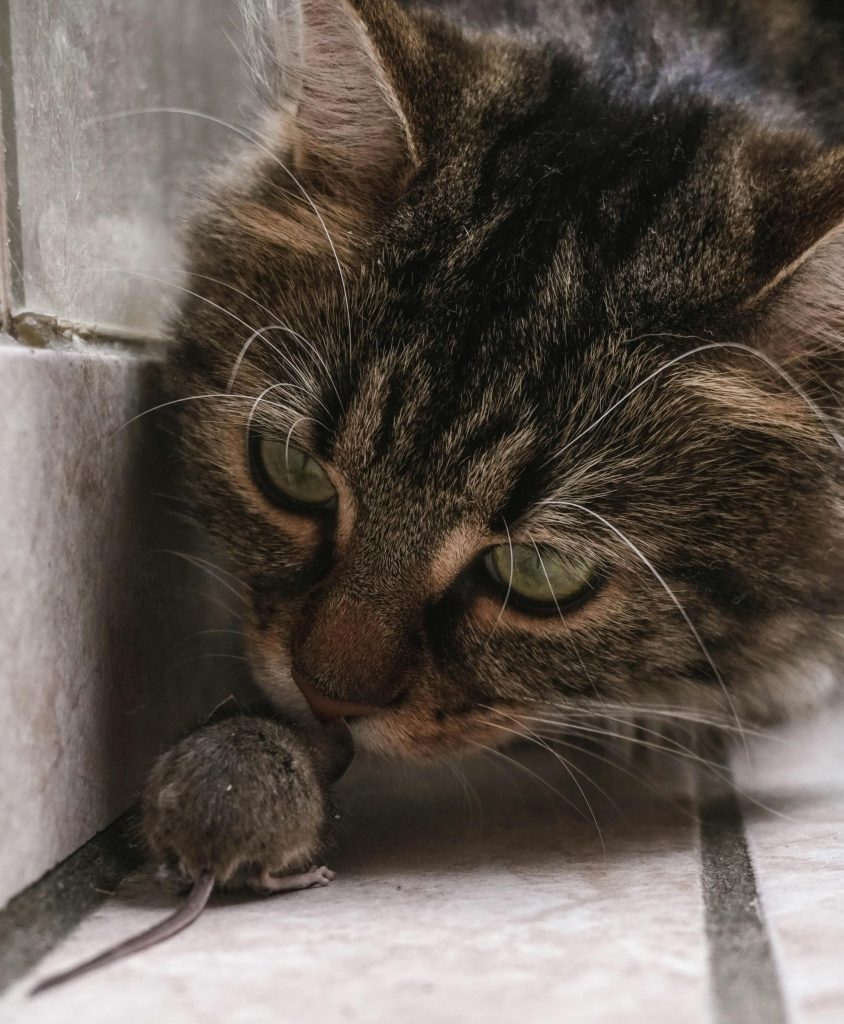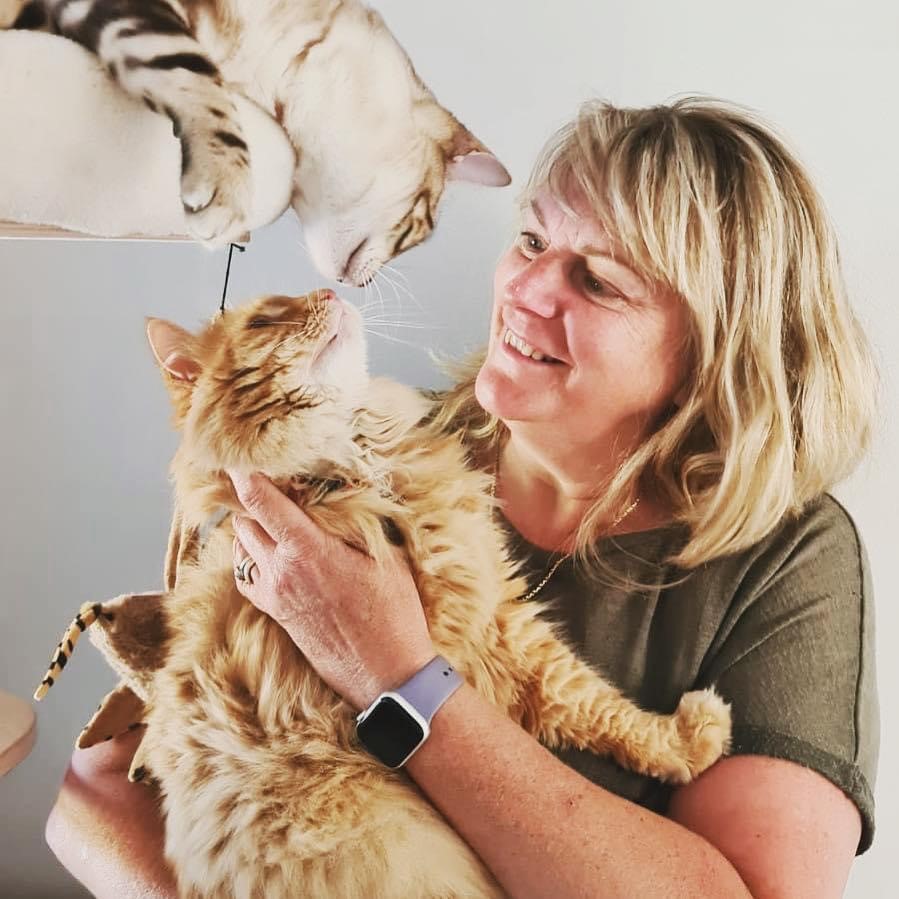Do Cats Kill for Fun? True or False?
The statement “Cats kill for fun” is a topic of much debate among pet parents, wildlife enthusiasts, and researchers. To address this claim, it’s important to understand the natural behaviour and instincts of cats.
Natural Instincts and Hunting Behaviour
Cats, both domestic and wild, are natural hunters. This instinct is deeply embedded in their behaviour, driven by a combination of factors such as survival, play, and practice. Even well-fed domestic cats exhibit hunting behaviours, which can include stalking, capturing, and sometimes killing small animals. These actions are not necessarily motivated by a need for food, but rather by an ingrained predatory instinct.
Play or Practice?
What might appear as killing for fun is often a manifestation of a cat’s need to hone its hunting skills. Kittens, for example, play with objects and small prey to develop their motor skills and reflexes. Adult cats continue this behaviour as a form of mental and physical exercise. When a cat “plays” with its prey, it is engaging in a behaviour that keeps it alert and sharp, ensuring it maintains its predatory skills even if it doesn’t need to hunt for survival.
The Joy of the Hunt
While it may seem like cats derive pleasure from hunting, attributing human emotions like “fun” to their behaviour is anthropomorphising. Cats do not hunt out of malice or for entertainment in the way humans might understand it. Their actions are primarily driven by instinct and a natural drive to hunt. However, the satisfaction they might display after a successful hunt can be seen as a form of instinctual fulfilment rather than enjoyment in the human sense.

Measures for Wildlife Protection
To mitigate the impact of cats on local wildlife, several preventative measures could be put in place:- Using Elizabethan-style brightly coloured ruffle collars is an effective alternative to traditional collars with bells which can themselves create harm or distress to the cat.
These collars increase visibility to birds and other small mammals, thereby reducing the likelihood of predation. Additionally, feeding cats high-protein diets can help satisfy their hunting instincts, leading to fewer hunting excursions. A lot more cat parents are feeding raw diets to their pets.
Keeping cats indoors at night is another strategy to protect crepuscular wildlife. Alternatively, secure gardens and catios can provide safe outdoor environment, allowing them to enjoy fresh air and exercise without posing a threat to wildlife. The use of blended calming synthetic facial pheromones such as Comfort Zone can also help in the home particularly if the cat is being confined during the hours of crepuscular activity (dusk and dawn) when they may instinctively wish to hunt. This mitigates any frustration.
These strategies are becoming increasingly more popular here not only to protect cats but care givers are conscious of the impact on wildlife.
Harness training is another method which allows cats and their carers to enjoy the outdoors whilst protecting other species of prey.
Conclusion
In summary, the notion that cats kill for fun is a misinterpretation of their natural behaviour. Cats are driven by instinctual hunting behaviours that serve purposes beyond mere amusement. Understanding this helps pet owners appreciate the complexity of their feline companions and underscores the importance of providing outlets for these natural behaviours through play and enrichment activities along with supportive synthetic pheromones in the environment.

Amanda Campion
Clinical Feline Behaviourist

